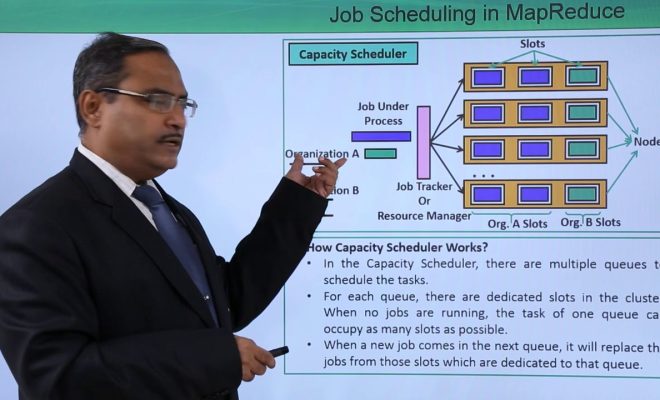What is Job Scheduling?

Job scheduling is a process that involves allocating tasks and resources in the most effective manner possible. It is an essential aspect of workflow management, and it plays a critical role in ensuring that an organization’s productivity goals are achieved efficiently.
The main aim of job scheduling is to match the capacity of the available resources with the demands of the tasks that need to be completed. This may involve allocating appropriate workloads to specific individuals or teams, optimizing the use of equipment and machinery, and managing the flow of data and information throughout an organization.
Job scheduling can be done manually or with the help of specialized software tools. These tools use a range of algorithms and heuristics to determine the best way to allocate resources based on various factors such as the priority of the job, the current status of the resources, and the expected completion time of each task.
The benefits of effective job scheduling are numerous. It can help ensure that production targets are met and that customer expectations are exceeded. It can also reduce the risk of bottlenecks and backlogs, leading to higher levels of employee satisfaction and greater overall productivity.
In addition to these benefits, job scheduling can also help to optimize the use of resources and reduce costs. By ensuring that tasks are carried out in the most efficient manner possible, companies can minimize wastage and improve their bottom line.
Moreover, job scheduling can also help to improve the quality of the final output. By allocating tasks to the most appropriate individuals or teams, organizations can ensure that the right skills and expertise are employed to deliver the best possible results.
In conclusion, job scheduling is a vital aspect of workflow management that provides numerous benefits to organizations of all sizes and types. Whether done manually or via specialized software tools, it can help to optimize the allocation of resources, improve productivity, reduce costs, and enhance the quality of the final output.






